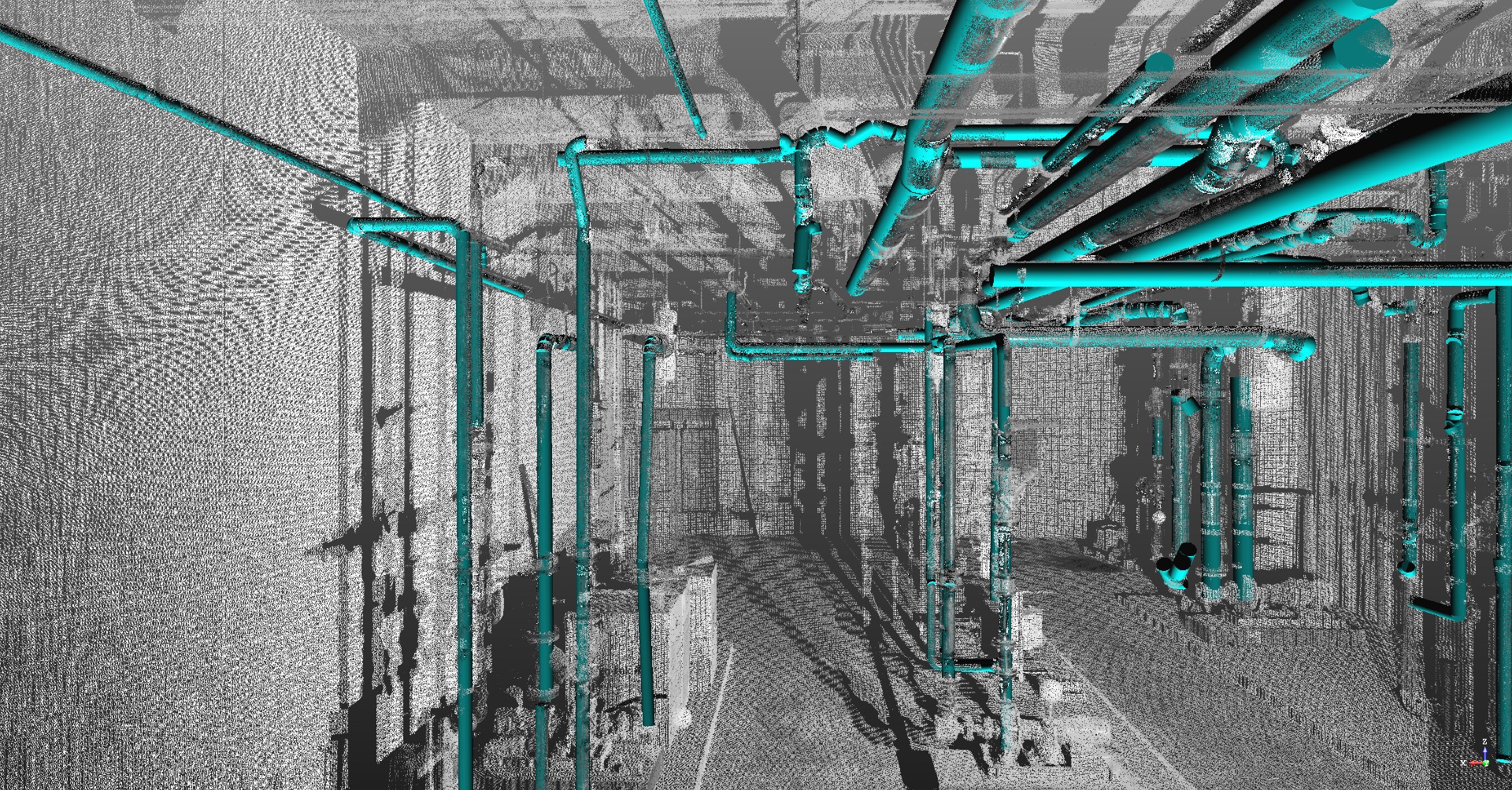Contents
Building Information Modeling, commonly known as BIM, is an innovative technology that has revolutionized the construction industry. The use of it in the construction industry as well as BIM software development itself has brought significant changes and has significantly improved the construction processes.
Although the technology has been around for a while now, its use in construction has only begun to gain momentum over the past decade. According to the McGraw Hill report, two-thirds of the users of BIM have reported a positive return on investment, and about 93% of the users believed in the potential of gaining more value in the long-term future. The Intelvision team will explain simply why BIM is important and how it can change the construction market.
What is BIM in Construction
BIM is a digital representation of a building’s physical and functional characteristics. The data created using BIM can be used to create models, animations, simulations, and other visualizations that provide a comprehensive understanding of a building’s design, structure, and construction processes.
BIM helps to capture all drawings into one comprehensive 3D model. That helps to avoid information loss and enables better decisions based on data. In a survey conducted by the National Institute of Building Sciences (NIBS), 65% of construction companies claimed that they use BIM in their projects regularly.
Top Advantages of BIM Implementation
The use of BIM in construction has numerous benefits, including improved project coordination, increased accuracy and efficiency, reduced rework, and better decision-making. With the help of BIM, contractors can effectively manage the construction process by having access to real time data on construction activities, material usage, and project timelines.
Improved project coordination
By creating a digital model of a building, all stakeholders involved in the project can visualize the building before it is constructed. This allows designers, engineers, and contractors to identify potential conflicts and errors before construction begins, reducing costly design changes and delays.
Accuracy and efficiency
By creating a 3D digital representation of a building, contractors can accurately visualize the design and construction process. This helps in reducing errors and also provides a better understanding of the building’s construction process. Accurate measurements and calculations can be carried out more easily, resulting in less rework and waste of materials.
Cost savings
With the ability to track construction activities in real-time, contractors can identify and rectify any issues that may arise, reducing the need for additional labor, equipment, and materials. Additionally, BIM can help with the optimization of material usage, reducing waste and costs.
Efficient communication
With a centralized platform for sharing information, all parties can easily access and share information in real-time, encouraging collaboration and reducing the risk of miscommunication.
According to a study by McKinsey & Company, BIM can reduce construction time by 10–15%, lower costs by 20–30%, and improve productivity by 10–15%.
5 Inspiring BIM Projects You Need to See
A picture is worth a thousand words, right? We’ve shared the most inspiring BIM project examples we truly love. Get ready for major inspiration.
- The Burj Khalifa. An iconic skyscraper in Dubai was designed using BIM technology to create accurate digital models of the building’s complex structure. That allowed architects and engineers to visualize and test the design before construction.
- The Shard. Another famous skyscraper, located in London, was also built using BIM technology. The software allowed the design team to create a detailed 3D model of the building that could be used for coordination, construction sequencing, and clash detection.
- The Beijing National Stadium. This stadium was the centerpiece of the 2008 Olympic Games in China. The BIM models created for the project helped to optimize the use of steel and other construction materials, reducing waste and saving money.
- The Oslo Airport. By using BIM, the project team was able to coordinate the work of multiple contractors and reduce errors and delays during the Oslo Airport construction.
- The Louvre Abu Dhabi. Located in the United Arab Emirates, this museum was built using BIM technology to create detailed 3D models of the building’s unique geometric dome structure. The models helped the design team to optimize the use of materials and ensure that the building would be stable and safe.
To Sum Up
MarketsandMarkets suggests that the global BIM market size is expected to reach $10.7 billion by 2026, growing at a CAGR of 13.8% during the forecast period from 2020 to 2026. That makes BIM a game-changer in the construction industry.
Its use has transformed the way construction projects are planned, designed, and constructed. BIM also has improved project coordination, increased accuracy and efficiency, reduced rework, and enhanced communication and collaboration between various stakeholders. The technology’s impact on the construction sector will only continue to grow, as more companies adopt BIM to streamline their operations and improve their bottom line.


